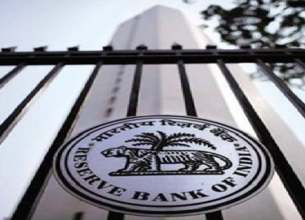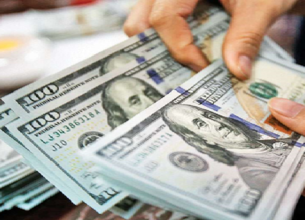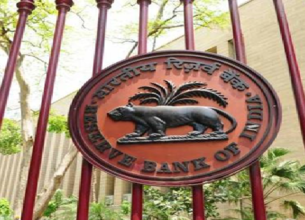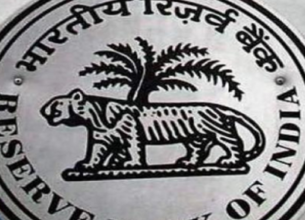Assessing the Impact of Falling Rupee
28, Nov 2022

Prelims level : Economy
Mains level : GS-III Economy
Why in News?
- The Indian rupee has been quite the controversial newsmaker this year. Having fallen more than 11 percent against the US dollar so far in 2022, the rupee breached the much-feared 80-mark in July and went on to set record lows, touching 83 to a dollar late in October.
Impact on trade:
- Widening trade deficit: The first phenomenon is one of the biggest worries caused by a falling rupee, a rise in import costs, threatening higher inflation and a widening trade deficit.
- Advantage for export: However, there also exists a ray of hope, a depreciated currency implies cheaper, more competitive exports and therefore, a possible export-led boost to the domestic economy. The net effect of these opposing forces would determine the impact of a depreciating currency on an economy.
- Robust Purchasing Manager’s Index (PMI): The import bill has risen not only on the back of a raging dollar and hardening crude prices but has also been spurred by strengthening domestic demand and manufacturing, as evidenced by a robust Purchasing Manager’s Index (PMI) of 55.3 in October.
- Subdued merchandized export: Although service exports have done fairly well in FY 2022-23, merchandise exports have remained subdued and could soon worsen due to economic downturns in Europe and the US.
Impact on foreign investment:
- Weak rupee low foreign portfolio investors (FPI): The rupee has a complicated relationship with the moody foreign portfolio investors (FPIs). A weaker rupee can discourage FPIs. In turn, FPI outflows can further push the rupee to depreciate.
- Falling NRI deposits: With the rupee losing value against the dollar, and interest rates around the world rising, NRI deposit flows also fell in the five-month period from April to August 2022, down to US$1.4 billion from US$2.4 billion a year ago.
- FDI is Rising: Net FDI flows have remained positive and are set to grow, with April-June 2022 seeing an inflow of US$13.6 billion, higher than the same period last year. Even Indian stock markets have remained resilient, particularly on the back of large net-purchases by domestic institutional and retail investors, offsetting the equity sell-off by foreign investors.
- Negative foreign investment: Net foreign investment (FII) flows did turn negative for a few months in 2022, and while rebounding FPI and resilient FDI do point to a more optimistic opinion of India among foreign investors, foreign investment is absolutely crucial at this juncture in India’s growth story and must be watched closely.
Efforts taken by RBI:
- Use of forex reserve: In an effort to defend the rupee, the RBI has intervened and sold off some of its foreign exchange reserves. The reserves stood at US$524.52 billion as of 21 October 2022, witnessing a fall of over US$115 billion since the beginning of the year.
- According to RBI external situation is better: RBI has stated that most external indicators such as external debt to GDP ratio, net international investment position to GDP ratio and the ratio of short-term debt to reserves reflect India’s relatively comfortable position in meeting its external financing requirements–even in contrast to other emerging economies.
- Careful intervention: Over-tightening of monetary policy and excessive intervention in the currency market can pose significant risks to the country’s growth prospects and the RBI must be careful to intervene just enough to quell volatility, without expending an inordinate amount of reserves.
Opportunity in crisis:
- Leveraging the growth rate: India has the chance to leverage its relatively healthy growth rates and rising infrastructure and capital expenditure to attract foreign investment, spurring growth and strengthening the capital account.
- High investor confidence: Investor confidence has been steady, with the country seeing a record high of annual FDI inflows of US$84.8 billion in FY2021-22 in spite of the pandemic and volatile geopolitical scenario.
- Stability in growth: This confidence needs to be leveraged and by positioning India on the international stage as a thriving and stable haven for investments, both the country’s growth and forex needs can be met.
- Sufficient policy support is needed: Although the falling rupee has caused worry for a few economic indicators, with sufficient policy support, the domestic economy could emerge as an outlier in a global downturn.
Conclusion:
- With the United States (US) on a war path to curtail inflation and the supply side stifled by the conflict in Ukraine, even historically strong currencies like the euro and the British pound have plummeted against the raging dollar, more than the rupee. Government and RBI must stay on course of steady growth of economy.
















